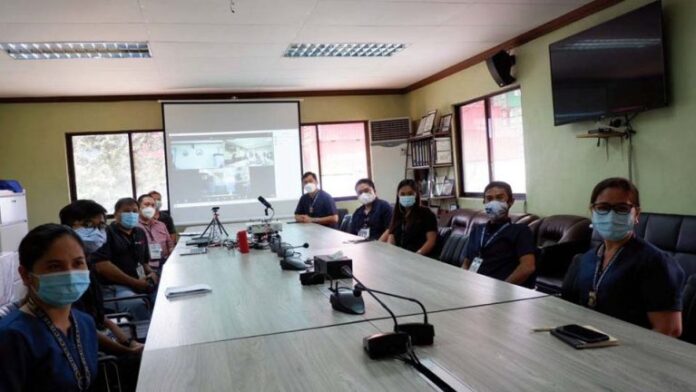
-
The Bureau of Customs rolled out on August 9 the Electronic Tracking of Containerized Cargoes (E-TRACC) System for warehousing shipments at Cebu port
-
E-TRACC is a web-based system that tracks movement of containerized cargoes during transit and transfer to other customs territories and facilities
-
BOC-Cebu’s Customs Bonded Warehouse Division officers and personnel were re-oriented on the basics of monitoring containers, and affixing and removing the electronic customs seal
-
The CBW Division also reviewed its warehousing procedures
The Electronic Tracking of Containerized Cargoes (E-TRACC) System is in use for warehousing shipments at Cebu port starting August 9.
E-TRACC is a web-based system launched by the Bureau of Customs last year to track inland movement of containerized cargoes during transit and transfer to other customs territories and facilities.
Established under Customs Memorandum Order No. 04-2020, E-TRACC allows BOC to track, monitor and audit the location and condition of cargoes, as well as obtain real-time alarms on diversion and tampering of cargoes.
With the implementation, BOC-Cebu’s Customs Bonded Warehouse (CBW) Division officers and personnel on August 5 were re-oriented on the basic procedures for monitoring containers and affixing and removing the electronic customs seal (ECS).
“The Port recognizes the need to equip our personnel as we upgrade our systems. We continue to adapt with the use of available technology especially for coordination and monitoring the security of our shipments,” BOC-Cebu deputy collector for operations Marc Anthony Patriarca said in a statement.
The CBW Division reviewed its warehousing procedures; brushed up on the latest customs CBW policies; revisited functions, accountability and responsibilities of personnel; and updated on guidelines for the establishment, maintenance, operation, supervision and control of CBWs.
Facilitators of the orientation discussed how applications from CBWs for membership or renewal of licenses should be evaluated.
Under CMO 04-2020, an ECS is required during the transfer of cargo to a container yard/container freight station (CY/CFS) or other CFWs; transit of cargo bound for Free Zones, inland customs office, depots, or terminals; transit to CBWs; export of cargo from Free Zones, inland customs office, depots or terminals, and CBWs to port of loading; and transfer of shipments for further verification and/or monitoring.
The ECS is a GPS-enabled sealing device or lock that can physically secure a cargo and provide real-time information on its location.
E-TRACC is being gradually implemented across various ports and destinations, and currently already enforced for shipments from Port of Manila and Manila International Container Port going to Philippine Economic Zone Authority economic zones and other Freeports; from other ports such as Davao and Subic and the sub-port of Mariveles, Bataan; and for inter-island shipments.




